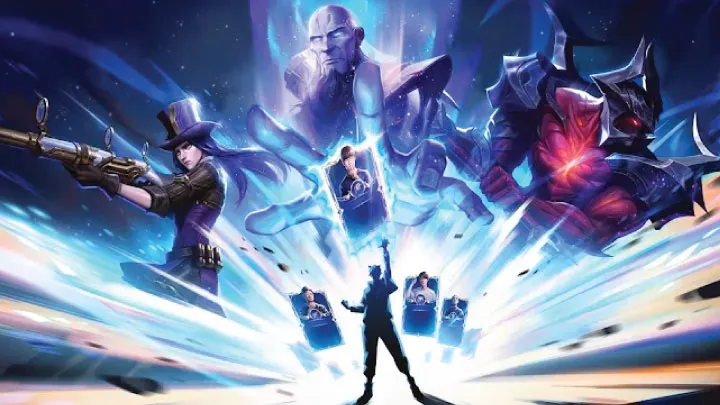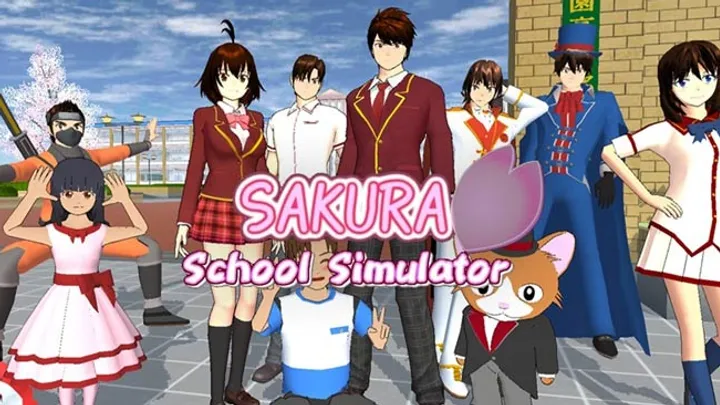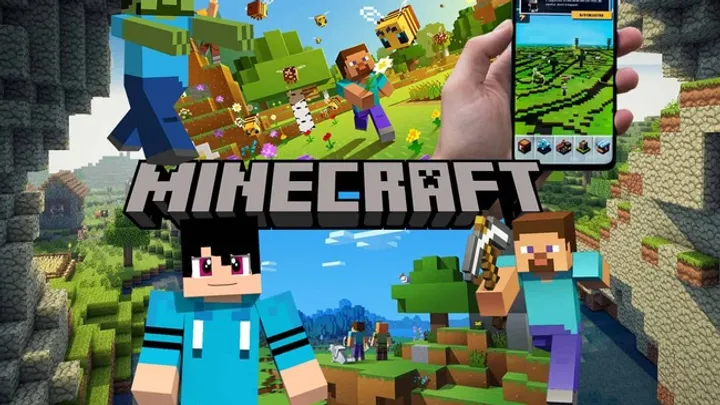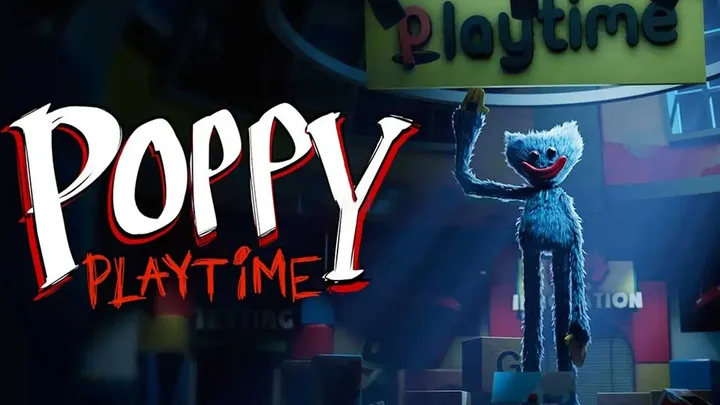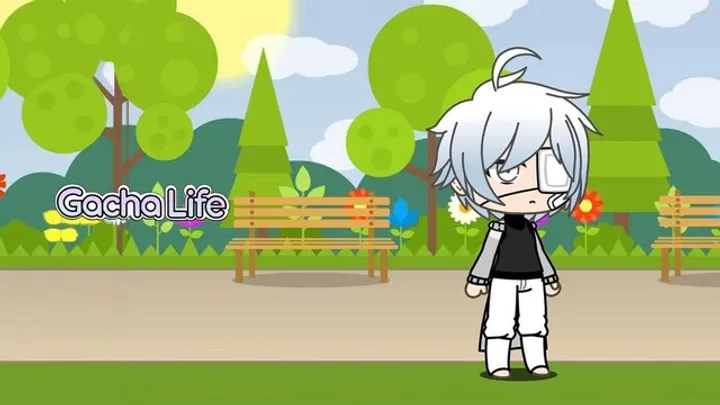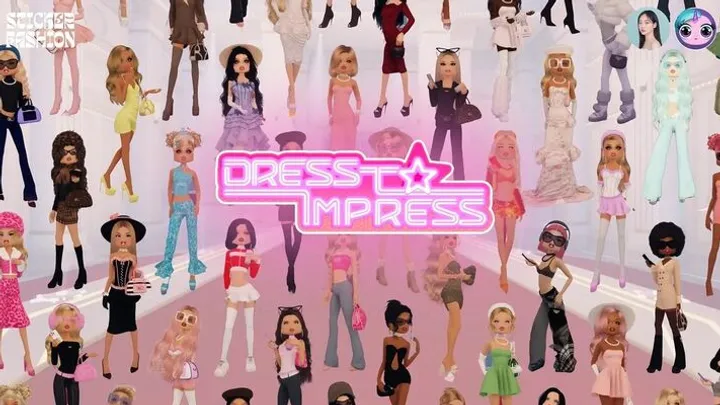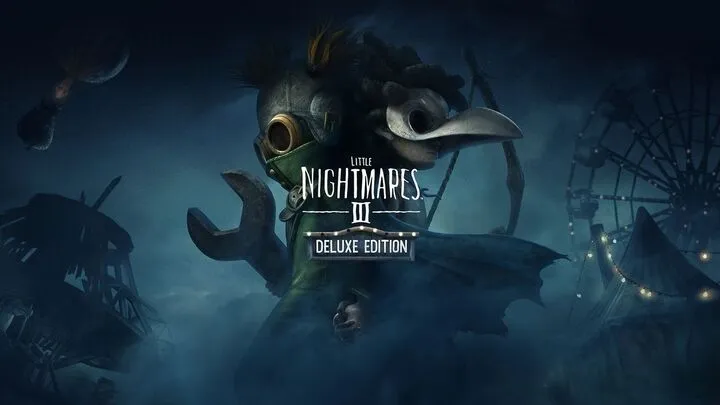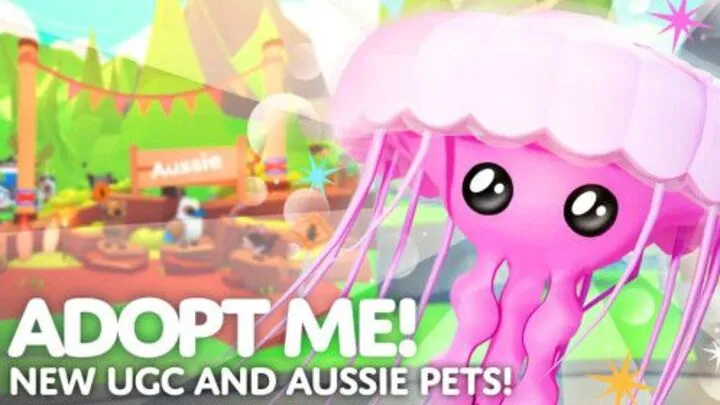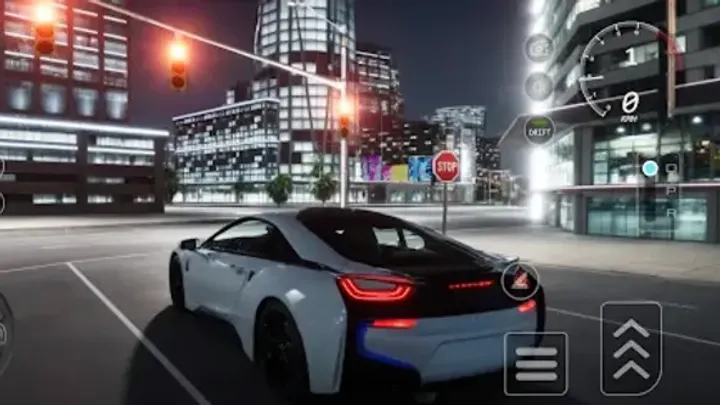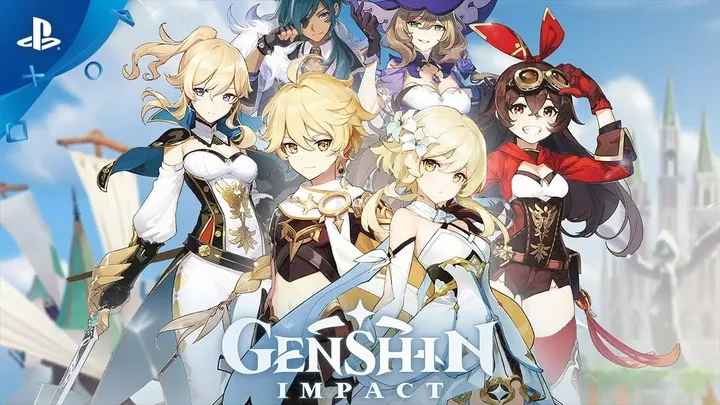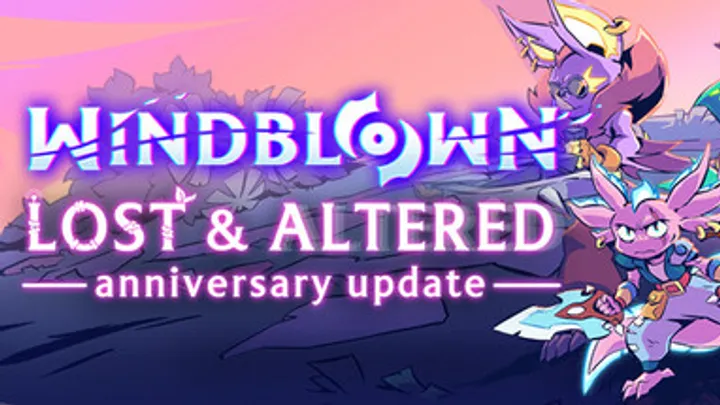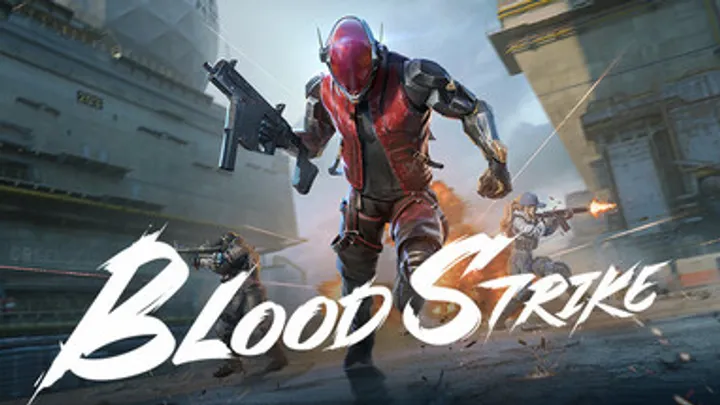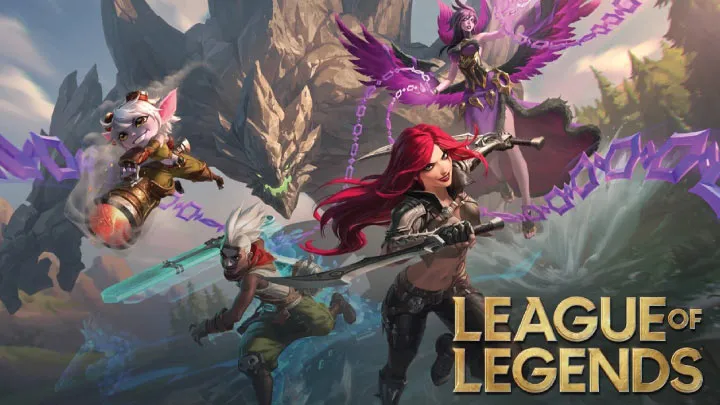
League of Legends, developed by Riot Games, has become a cornerstone of the gaming industry since its release in 2009. The game’s unique blend of strategy, teamwork, and character-driven gameplay has captivated millions of players globally. One of the most significant aspects of League of Legends is its champion design, which has evolved over the years to enhance player engagement and maintain balance within the game. This article will delve into the intricacies of champion design in League of Legends, exploring how it impacts gameplay, community dynamics, and the ongoing evolution of the game.
The Foundations of Champion Design
Understanding Champions
In League of Legends, champions are the playable characters that players control during matches. Each champion possesses unique abilities, roles, and attributes, which define their playstyle and contribution to the team. Champions are categorized into five primary roles: Top, Jungle, Mid, ADC (Attack Damage Carry), and Support. This classification creates distinct responsibilities and strategies for players, shaping the overall gameplay experience.
The design of each champion involves a careful balance of mechanics, lore, and aesthetics. Riot Games aims to create champions that are not only fun to play but also resonate with players on a deeper level. This multifaceted approach to champion design contributes to the game's longevity and popularity.
The Role of Lore in Champion Design
Lore plays a crucial role in champion design, providing context and depth to each character. Riot Games has developed an expansive universe filled with rich narratives that connect champions to one another and the world of Runeterra. The lore often influences gameplay mechanics, as champions with related stories may share thematic elements or synergistic abilities.
For instance, champions from the same region, like Demacia or Noxus, often embody similar traits or ideologies, which can be reflected in their abilities. This connection between lore and gameplay enhances player engagement, as fans become invested in the stories behind their favorite champions.
The Evolution of Champion Design
Early Champions and Their Mechanics
In the early days of League of Legends, champion design focused primarily on simple mechanics and clear archetypes. Many champions had straightforward abilities that were easy to understand, making it accessible for new players. Characters like Annie and Garen exemplified this approach, with abilities that were intuitive and direct.
However, as the player base grew and the competitive scene developed, the demand for deeper mechanics and strategic complexity increased. Riot Games began to introduce champions with more intricate abilities, encouraging players to explore diverse playstyles and strategies. This evolution marked a turning point in champion design, as developers sought to create champions that offered both depth and accessibility.
The Introduction of Unique Mechanics
With the release of champions like Zyra and Kha'Zix, Riot Games began to experiment with unique mechanics that added layers to gameplay. Zyra, for instance, introduced the concept of plant mechanics, allowing her to summon plants that dealt damage and provided crowd control. This innovative approach encouraged players to adapt their strategies based on the champion's unique abilities.
Kha'Zix, on the other hand, introduced a mechanic that rewarded players for isolating enemies. His ultimate ability, Void Assault, allowed him to become invisible and reposition strategically. This shift towards champions with distinctive mechanics not only enhanced gameplay diversity but also encouraged players to master specific champions and their unique interactions.
Balancing Champion Design
The Challenge of Balance
As the roster of champions expanded, the challenge of balancing them became increasingly complex. Riot Games must ensure that no champion becomes too powerful or too weak, as this can disrupt the competitive integrity of the game. Balancing involves adjusting champion stats, abilities, and mechanics based on player feedback, win rates, and overall performance in matches.
Riot frequently collects data from millions of games to analyze champion performance and identify balance issues. This data-driven approach allows developers to make informed decisions about balance changes, ensuring a fair and competitive environment.
The Role of Patches and Updates
Regular patches and updates are essential for maintaining balance within League of Legends. Riot Games typically releases patches every few weeks, during which they may adjust champion abilities, item stats, and runes. These updates aim to address balance concerns and keep the game fresh for players.
For example, if a particular champion is dominating the meta, Riot may nerf their abilities or reduce their effectiveness in certain situations. Conversely, champions that are underperforming may receive buffs to encourage players to explore different strategies. This ongoing cycle of adjustments keeps players engaged and encourages experimentation with various champions.
The Impact of Community Feedback
Listening to Players
Riot Games places a strong emphasis on community feedback when it comes to champion design and balance. The developers actively engage with players through forums, social media, and live streams, encouraging discussions about champion mechanics and gameplay experiences. This open dialogue allows Riot to gain valuable insights into player preferences and concerns.
Player feedback can lead to significant changes in champion design. If a champion is perceived as overly difficult to play or underwhelming, Riot may consider reworking their abilities or providing additional clarity in their mechanics. This responsiveness to community input is crucial for maintaining a healthy relationship between developers and players.
The Role of Content Creators
Content creators, including streamers and YouTubers, also play a vital role in shaping community feedback. Their gameplay videos and commentary provide insights into champion performance and strategies, influencing player perceptions and preferences. When a popular content creator showcases a particular champion, it can lead to increased interest and experimentation among the community.
Riot Games often collaborates with content creators to promote new champions or updates, leveraging their influence to reach a broader audience. This partnership benefits both parties, as creators gain access to new content while Riot receives valuable exposure.
The Relationship Between Champions and the Meta
Meta Evolution and Champion Viability
The meta refers to the prevailing strategies, champion selections, and gameplay styles that dominate the competitive scene. As the meta evolves, certain champions rise and fall in viability based on their effectiveness in current strategies. Champions that synergize well with popular tactics often see increased play rates, while others may become less favored.
For example, during the dominance of tanky bruisers in the meta, champions like Sett and Ornn gained popularity due to their ability to absorb damage and control teamfights. Conversely, squishy champions may struggle to find success if the meta favors heavy engagement and sustained damage.
The Importance of Adaptability
Players must be adaptable to navigate the shifting meta effectively. Understanding which champions are currently viable and how they fit into the broader strategies of the game is essential for success. Players often research champion tier lists, watch professional matches, and engage in discussions to stay informed about the latest trends.
This adaptability also extends to champion pools. Players may need to diversify their champion selections to remain competitive, ensuring they can counter popular picks and adjust to changing strategies. This dynamic nature of the meta keeps the gameplay experience engaging and encourages players to continuously evolve their skills.
The Future of Champion Design
Innovation and Creativity
As League of Legends continues to grow, champion design will likely evolve further. Riot Games has expressed a commitment to innovation and creativity, seeking to introduce champions with unique mechanics and themes that resonate with players. The introduction of champions like Gwen and Viego showcases this dedication to fresh ideas and gameplay experiences.
The development team is exploring new concepts, such as champions that challenge traditional roles or introduce novel mechanics. This commitment to innovation ensures that the game remains dynamic and engaging, enticing both new players and veterans alike.
Community Involvement in Design
Riot Games has increasingly involved the community in the champion design process. Initiatives like the Champion Roadmap provide insights into upcoming champions and their development, allowing players to offer feedback and suggestions. This transparency fosters a sense of connection between developers and players, as the community feels more engaged in the creative process.
Additionally, Riot has experimented with community-driven events that allow players to vote on champion concepts or themes. This involvement not only generates excitement but also strengthens the bond between the player base and the developers.
The Cultural Impact of Champions
Champions as Icons
Over the years, certain champions have become cultural icons within the gaming community. Characters like Ahri, Teemo, and Yasuo have transcended the game, becoming recognizable figures in gaming culture. Their unique designs, compelling lore, and gameplay mechanics have resonated with players, leading to a dedicated fan base.
The popularity of these champions has resulted in fan art, merchandise, and community events centered around their themes. Riot Games has capitalized on this cultural impact by creating skins and collaborations that celebrate beloved champions, further solidifying their place in the gaming landscape.
The Role of Esports
The competitive scene of League of Legends has also contributed to the cultural significance of champions. Professional players often showcase their skills with specific champions during high-stakes tournaments, influencing the perceptions of those champions among the player base. The visibility of these champions in the competitive arena can lead to increased interest and experimentation among casual players.
Events like the League of Legends World Championship not only highlight the top players but also celebrate the champions themselves, creating a sense of pride and connection within the community.
Conclusion
The evolution of champion design in League of Legends has had a profound impact on player engagement and the overall gameplay experience. The interplay between mechanics, lore, and community feedback has shaped a dynamic environment that continues to captivate players worldwide.
